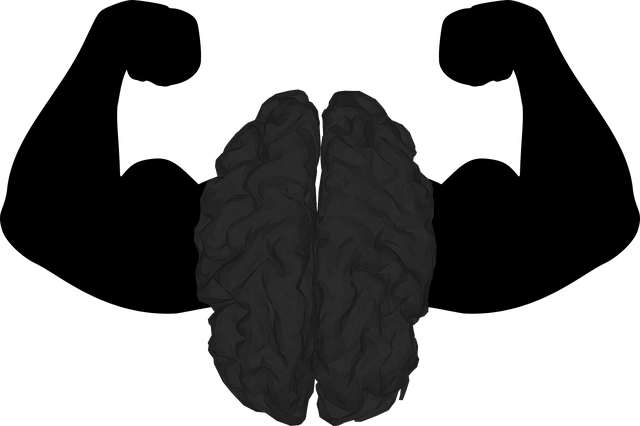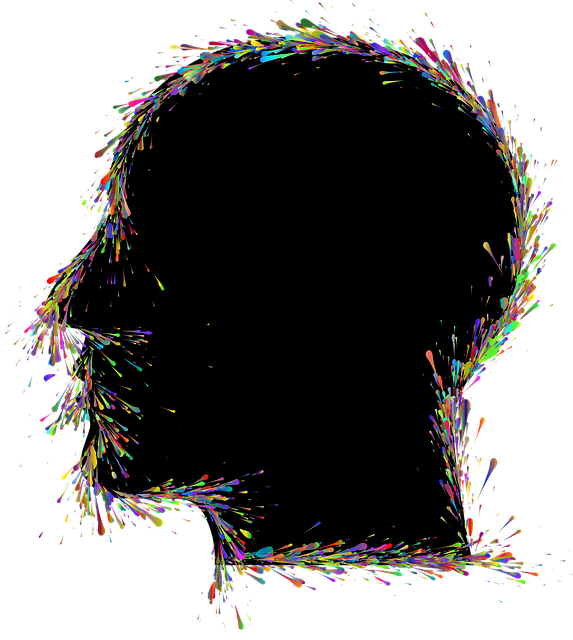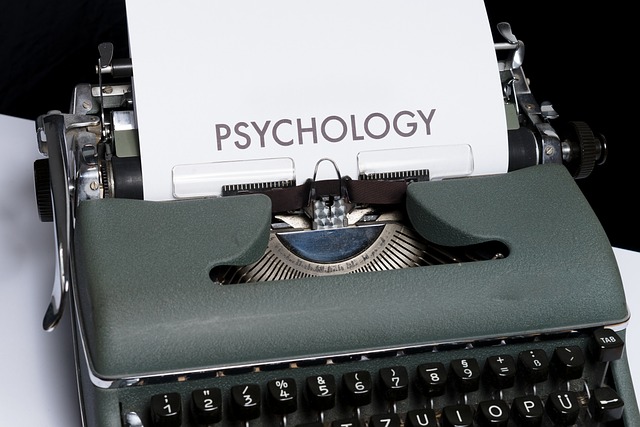Body dysmorphic disorder (BDD) is a significant mental health issue in Australia, affecting young adults with anxiety, depression, and social isolation due to distorted body image. Cultural nuances play a role in understanding BDD. Empathetic counselling, prioritizing understanding and validation of subjective experiences, offers a revolutionary approach. By fostering deep connections, active listening, and genuine empathy, this method helps clients explore underlying causes, promoting personal growth, self-acceptance, and positive body image. The goal is not just changing appearances but enhancing overall well-being through improved self-esteem and reduced anxiety.
In Australia, body dysmorphia—a chronic mental health condition characterized by a distorted perception of one’s own body—affects a significant number of individuals. This article explores how empathetic counselling is revolutionizing treatment for body dysmorphia, offering a transformative approach that addresses the unique challenges faced by Australians living with this condition. By focusing on empathy and understanding, therapists facilitate profound changes in self-perception, enabling those affected to embrace a more positive and realistic view of their bodies.
- Understanding Body Dysmorphia in Australia: Prevalence and Impact
- The Role of Empathetic Counselling: A Transformative Approach to Treatment
Understanding Body Dysmorphia in Australia: Prevalence and Impact
Body dysmorphia, a mental health condition characterized by an intense preoccupation with perceived flaws in one’s appearance, is a growing concern in Australia. Studies indicate that dysmorphia affects a significant portion of the Australian population, particularly young adults. The impact of this condition can be profound, leading to distressing symptoms such as anxiety, depression, and social isolation. Many individuals struggle silently, facing challenges in their daily lives and relationships due to their distorted body image.
In Australia’s diverse cultural landscape, understanding dysmorphia requires a nuanced approach. Cultural factors can influence the expression and perception of beauty standards, impacting how individuals internalize and cope with their condition. Accessing appropriate support is crucial for those affected by dysmorphia in Australia. Empathetic counselling has emerged as a promising method to transform these experiences, offering a safe space for individuals to challenge negative thoughts and develop healthier relationships with their bodies.
The Role of Empathetic Counselling: A Transformative Approach to Treatment
Empathetic counselling offers a transformative approach to treating body dysmorphic disorder (BDD) in Australia, focusing on understanding and validating individuals’ subjective experiences. This therapeutic method goes beyond traditional cognitive-behavioural techniques by fostering deep connections between clients and counsellors. Through active listening and genuine empathy, counsellors create a safe space for people struggling with BDD to express their feelings and thoughts without fear of judgment.
By acknowledging the intense emotional distress associated with dysmorphia, empathetic counselling enables individuals to explore the underlying causes of their disordered perceptions. This process facilitates personal growth, self-acceptance, and the development of healthier coping mechanisms. The goal is not merely to change one’s appearance but to enhance overall well-being by improving self-esteem, reducing anxiety, and promoting a more positive body image.
Empathetic counselling offers a promising and transformative approach to addressing body dysmorphia in Australia. By providing a safe, non-judgemental space for individuals to express their experiences, this method facilitates profound personal growth and improved mental health outcomes. As the demand for accessible and effective treatment continues to grow, empathetic counselling has the potential to greatly enhance the lives of those affected by dysmorphia, offering them hope and a path towards self-acceptance.



